I have a universal application running both on iPads and iPhones. The application starts with a .xib file, built in interface builder, which acts as the launch image. Once the app launched, it switches to the appropriate view controller based on device size set in the app delegate:
CGSize screenSize = [[UIScreen mainScreen] bounds].size;
if ([[UIDevice currentDevice] userInterfaceIdiom] == UIUserInterfaceIdiomPhone) {
if (screenSize.height <= 568.0f) {
// iPhone 4, 4S, 5, 5C, 5S, SE
self.viewController = [[iPhoneSmallViewController alloc] init];
} else {
// All other iPhones
self.viewController = [[iPhoneLargeViewController alloc] init];
}
} else {
// All iPad models
self.viewController = [[iPadViewController alloc] init];
}
The iPad view controller supports all interface orientations (set in app targets/main setup page), but on iPhones I only allow portrait mode restricted in the view controller as such:
- (UIInterfaceOrientationMask)supportedInterfaceOrientations
{
return (UIInterfaceOrientationMaskPortrait | UIInterfaceOrientationMaskPortraitUpsideDown);
}
I have two problems with this method:
- If the iPhone is held horizontally, the app still loads in portrait mode (as per the restrictions, which is all good) but all measurements are in landscape upon initialization. UI elements stick out on the side because they were measured for a landscape view but placed on a portrait.
I use the window's size to set up everything inside the view by initializing the following variable in the ViewDidLoad method:
windowSize = [[UIScreen mainScreen] bounds].size;
Tt gives me landscape dimensions in phone is held horizontally, even though landscape mode is not allowed.
- If the app loads with landscape measurements initially, all my sorting of screen sizes in the app delegate are off since I identify iPhone models by measuring screen width that is only good in portrait mode.
Question: does anyone have a way to handle this complex problem in an elegant and simple way?
Some additional info: I use Xcode 10, support all the way back to iOS9 and do everything programmatically in Objective C.
p.s: I think this method worked before but not any more in iOS 12. But I could be wrong...
Edit: I provide an image of what I want to accomplish, and all help would be greatly appreciated. As I said, this has worked before (the app is quite old), but in recent iOS releases got increasingly buggy and desperately needs a cleanup, which is what I need help with.
One thing that might solve my problem, is if I could somehow restrict interface orientations based on device type in the launchScreen.xib, as I believe that is what causes the faulty behavior on iPhones.
